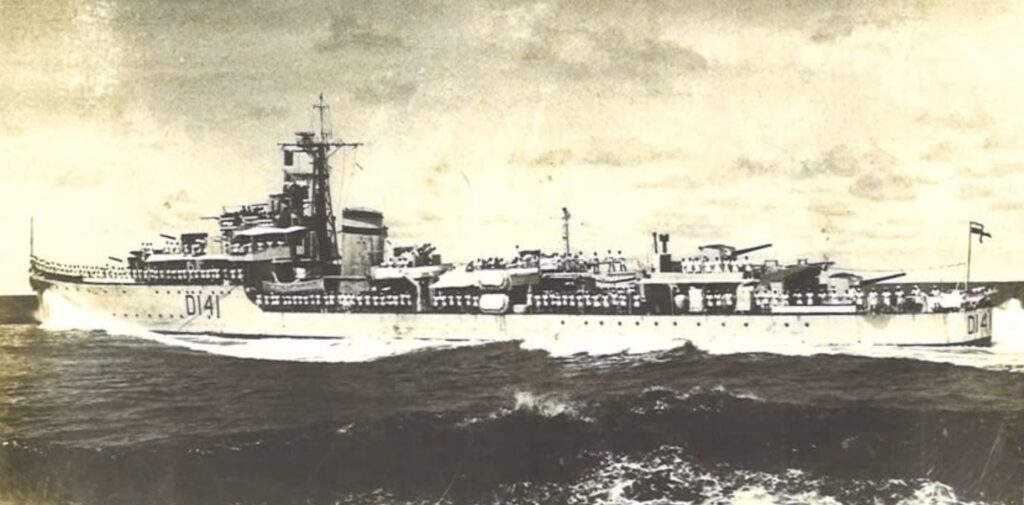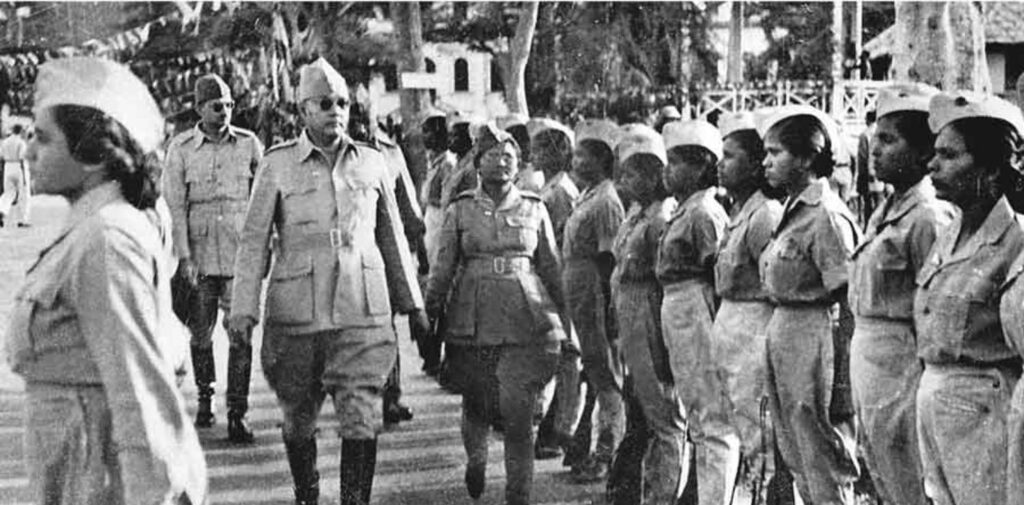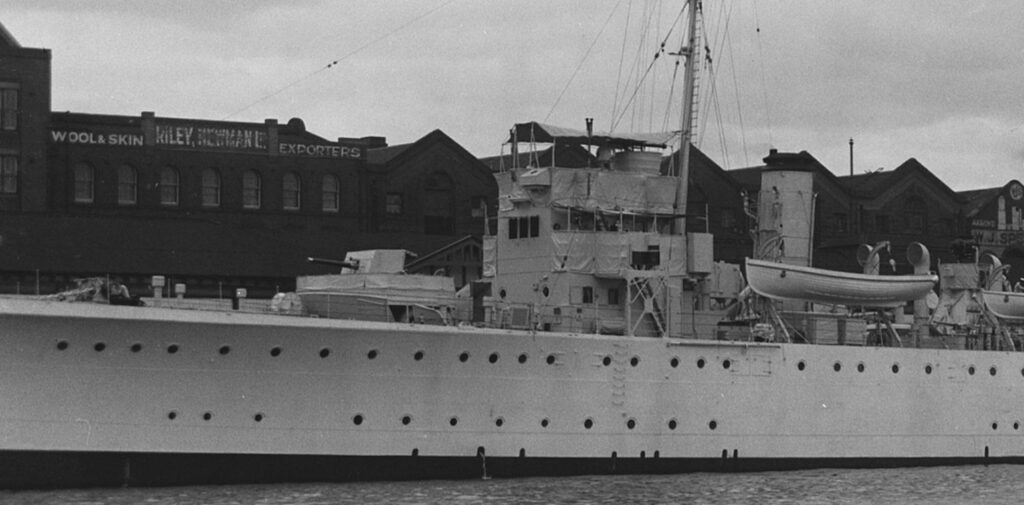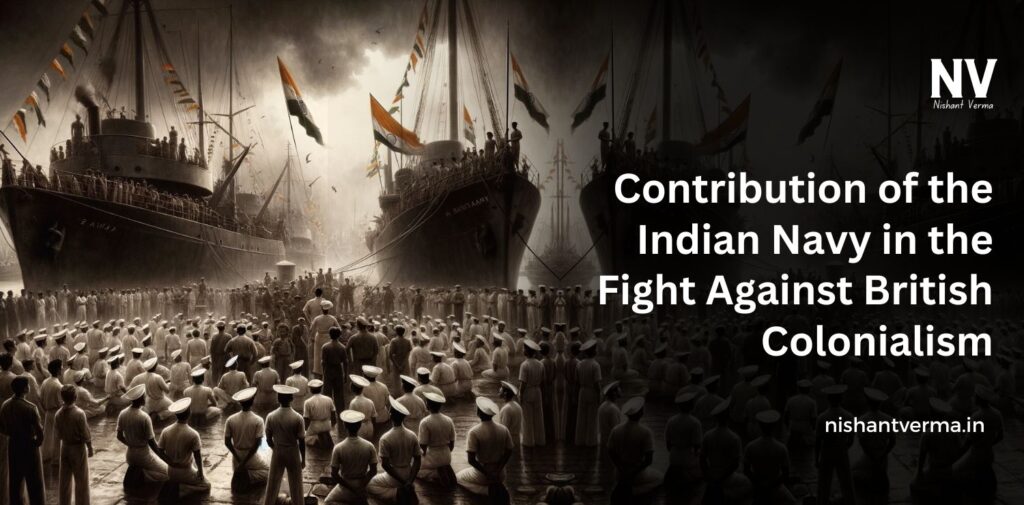The history of India’s struggle for independence is not just a tale of land battles and political movements; it also includes crucial efforts at sea. While the Indian Army and Indian National Congress played prominent roles in the fight against British colonialism, the contribution of the Indian Navy in this struggle is often overlooked. The Indian Navy, which has its roots in ancient maritime history, made significant contributions to India’s fight against British rule, particularly in the 19th and early 20th centuries. This article explores the role of the Indian Navy in the struggle for independence, highlighting key events, notable figures, and its eventual impact on the British colonial system.
The Early Years of the Indian Navy
The Indian Navy has a long-standing history, dating back to ancient times when Indian rulers maintained powerful navies. During the period of British colonial rule, however, the Indian Navy was under British control and largely served the interests of the British Empire. By the 19th century, the British East India Company had established control over Indian seas, using the navy to safeguard their interests and suppress local uprisings.
However, throughout this period, the Indian Navy was primarily seen as a tool of British colonial dominance. Indian sailors and officers served the British navy, but their roles were often limited and subordinate, with few opportunities for advancement. Despite this, many Indian sailors began to develop a sense of national pride and resistance, laying the groundwork for future rebellion.

The Indian Navy and the Revolt of 1857
Although the Indian Navy had yet to become a fully organized force fighting against British rule during the Revolt of 1857 (also known as the First War of Indian Independence), there were notable maritime incidents that showed early signs of resistance. In the aftermath of the rebellion, many sepoys and civilians turned their attention to the seas in search of alternative ways to strike against British control.
One of the most significant maritime events was the mutiny of the sailors in the Royal Indian Navy in 1857. Sailors aboard the British ships stationed in various ports across India started to question their mistreatment and exploitation by the British. While the rebellion was put down, the initial seeds of dissatisfaction with British naval control had been sown. This small but important revolt indicated that the Indian Navy was beginning to develop its own spirit of defiance.
The Royal Indian Navy Mutiny of 1946
The most significant contribution of the Indian Navy in the fight against British colonialism came in 1946. This was when Indian sailors in the Royal Indian Navy (RIN) rose in revolt against the British authorities. The Royal Indian Navy Mutiny of 1946, also known as the Naval Mutiny or the Bombay Mutiny, became one of the final acts of defiance against British rule in India.
The mutiny began on February 18, 1946, when 78 ratings (sailors) on the British naval vessel HMS Talwar in Mumbai (then Bombay) refused to follow orders, protesting against the poor conditions they faced. The sailors were dissatisfied with their pay, lack of food, and poor treatment by their British officers. The revolt quickly spread to other ships and naval establishments in Mumbai, Karachi, and other ports.
The mutiny was not just about the conditions of the sailors; it was also a broader political protest against British rule. The sailors openly raised slogans like “Jai Hind” (Victory to India) and “Delhi Chalo” (March to Delhi), signaling that their protest was rooted in the national movement for independence. The rebellion brought attention to the growing discontent among Indians, including those in the armed forces.
As the rebellion spread, over 20,000 sailors participated, and the mutiny became a symbol of India’s determination to break free from British rule. The British responded with force, but the mutiny forced them to reconsider their position in India. Although the mutiny was eventually quelled, it marked a significant moment in India’s independence struggle. The naval revolt helped accelerate the decline of British authority in India and showed the British that their control over the Indian armed forces was weakening.

The Role of Indian Naval Officers in the Freedom Struggle
While the mutiny of 1946 was the most prominent event, Indian naval officers and sailors had been involved in various forms of resistance against British rule long before that. Indian naval officers served in various roles within the British navy, but many of them secretly supported the cause of Indian independence.
One notable figure was Subhas Chandra Bose, a prominent freedom fighter and leader of the Indian National Army (INA). Bose, although not a part of the Indian Navy, worked closely with several naval officers and urged them to join the struggle for independence. His efforts to garner support from Indian officers within the British army and navy were crucial in spreading the message of independence.
During World War II, Bose also reached out to the Japanese, hoping to use the resources of the Axis powers to help in the fight against Britain. He formed the Indian National Army (INA), which was primarily composed of Indian soldiers, but many former members of the Indian Navy also joined the cause. The INA’s alliance with the Japanese was controversial, but it highlighted the growing resistance to British colonial rule among Indian military personnel.
Impact of the Navy on the British Colonial System
The naval mutiny of 1946 was one of the last nails in the coffin for British colonial rule in India. The rebellion sent shockwaves throughout the British administration and made it clear that India’s fight for independence was no longer just a struggle of land-based forces. The Indian Navy, with its sailors, officers, and mutineers, had become an important part of the larger movement for freedom.
In response to the mutiny, the British government began to seriously consider the future of its rule in India. Within a year of the naval mutiny, the Mountbatten Plan for the partition and independence of India was introduced. This led to the eventual withdrawal of British forces and the granting of independence to India in August 1947.

The Legacy of the Indian Navy’s Contribution
The role of the Indian Navy in the fight against British colonialism has often been overlooked in mainstream historical narratives. However, the courage and determination of Indian naval officers and sailors played a crucial role in the struggle for independence.
The 1946 mutiny demonstrated the willingness of the Indian armed forces to stand up against British rule, despite the risks involved. It also showed that the Indian Navy was not just a tool of the British Empire but a force that could, if mobilized, be a formidable ally in the struggle for independence.
In post-independence India, the legacy of the Indian Navy’s contribution to the freedom struggle has been celebrated, and the Navy continues to be an important part of India’s defense establishment. The bravery of those who fought against the British serves as an inspiration to future generations of sailors and soldiers.
Conclusion: Contribution of the Indian Navy
The Indian Navy’s contribution to the fight against British colonialism is an often underappreciated chapter in the story of India’s freedom struggle. From the early signs of resistance in the 19th century to the dramatic mutiny of 1946, the Indian Navy played a crucial role in undermining British control over India.
The sailors, officers, and mutineers who participated in these revolts helped sow the seeds of India’s independence and demonstrated that the Indian people, both on land and at sea, were determined to reclaim their sovereignty. The Indian Navy’s contribution to the fight against British colonialism is a testament to the sacrifices made by countless men and women who, despite adversity, stood firm in their belief in a free and independent India.




